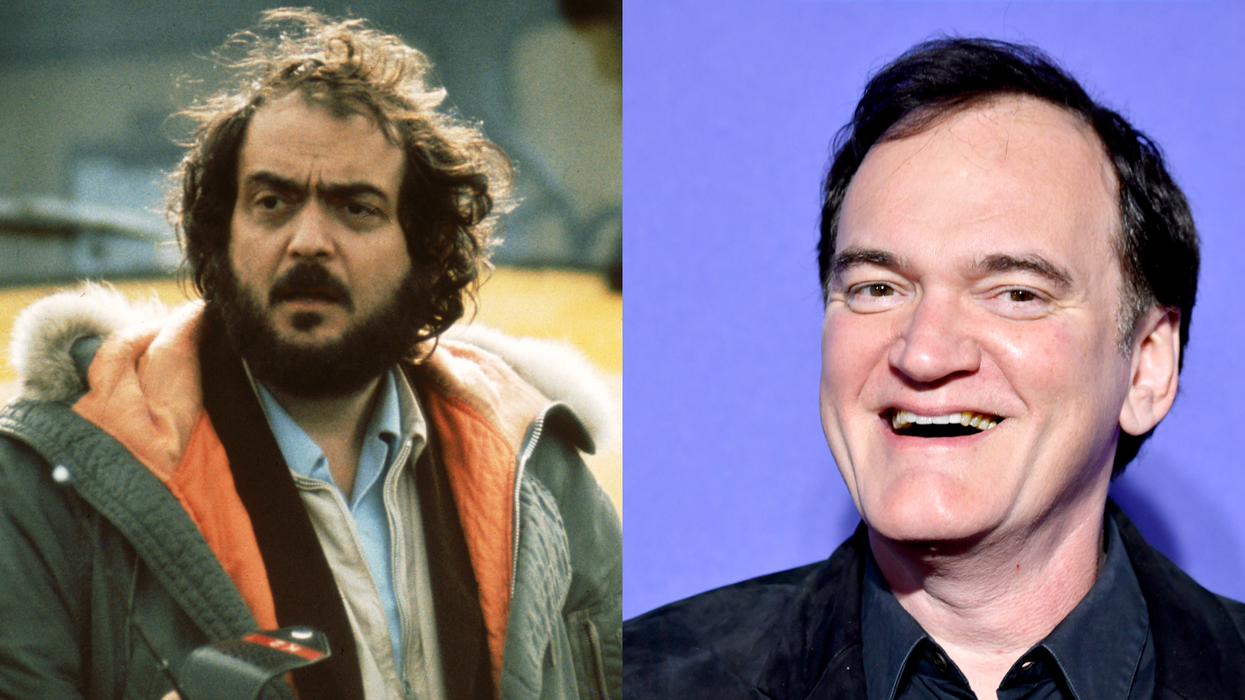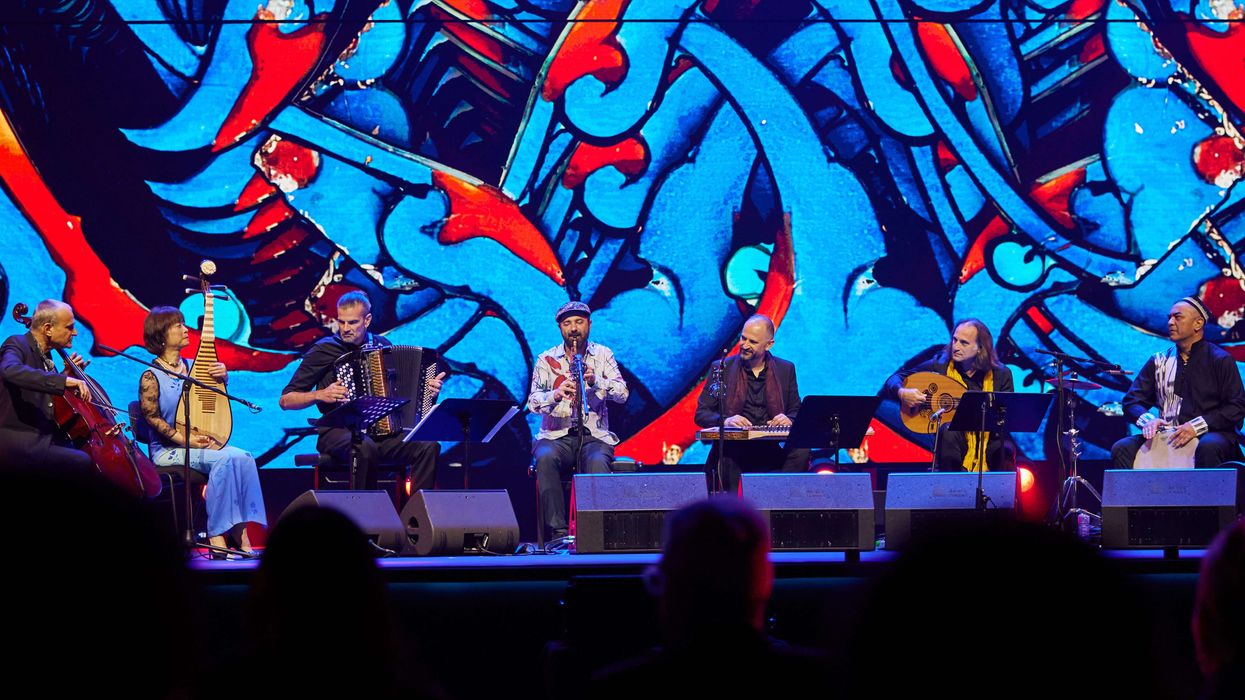Before Quentin Tarantino became a household name with Reservoir Dogs, he was just another movie buff absorbing everything he could from his favourite directors. One name that stood out to him early on was Stanley Kubrick, especially for his lesser-known 1956 film The Killing, a movie that left a deeper mark on Tarantino’s debut than most fans realise.
Kubrick’s The Killing wasn’t a major blockbuster in its time, but it marked a shift in how crime stories were told. Adapted from Lionel White’s novel Clean Break, the film follows a racetrack heist through a fractured timeline, showing the same event from multiple angles. It wasn’t just about what happened, but how it was told. That structure, jumping back and forth in time, switching viewpoints, was rare in Hollywood then and made the story feel more intense and unpredictable.
- YouTubeyoutu.be
When Reservoir Dogs came out in 1992, it felt like something fresh: strong dialogue, tension-filled scenes, and a plot that never actually shows the heist it’s centred around. But behind the style was a familiar structure. Like The Killing, Reservoir Dogs plays with time, shows events from different perspectives, and leans on the characters' personal motives to drive tension.
Tarantino has openly admitted the influence. “I didn’t try to copy The Killing, but I saw Reservoir Dogs as my version of that kind of film,” he told The Seattle Times. At the Cannes premiere of Reservoir Dogs, he even called The Killing his favourite heist film.
Both films avoid slick action in favour of character-driven suspense. Kubrick’s crew in The Killing are flawed and desperate, and their downfall feels inevitable. Tarantino’s gang is no different; paranoia, betrayal, and ego tear them apart.
- YouTubeyoutu.be
Kubrick’s use of non-linear storytelling didn’t just shape one movie; it laid a foundation. Tarantino used that structure not only in Reservoir Dogs but continued it in Pulp Fiction and beyond. And in doing so, he helped bring that old-school Kubrick trick into modern indie cinema.
Tarantino may have built his own path, but The Killing was the map he started with. It certainly inspired him, but more than that, it helped him find his rhythm as a filmmaker.







 Renée Zellweger stands beside the new Bridget Jones statue in Leicester Square Getty Images
Renée Zellweger stands beside the new Bridget Jones statue in Leicester Square Getty Images  Sally Phillips, Leo Woodall, Renée Zellweger and Chiwetel Ejiofor attend the "Bridget Jones" Scenes In The Square Statue Unveiling at Leicester Square Getty Images
Sally Phillips, Leo Woodall, Renée Zellweger and Chiwetel Ejiofor attend the "Bridget Jones" Scenes In The Square Statue Unveiling at Leicester Square Getty Images






